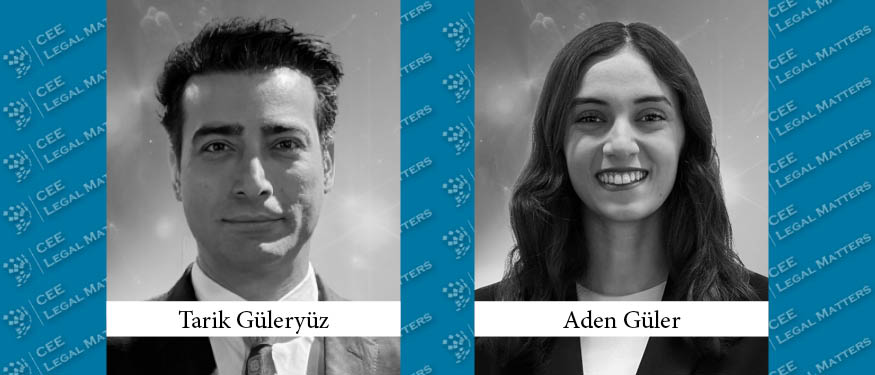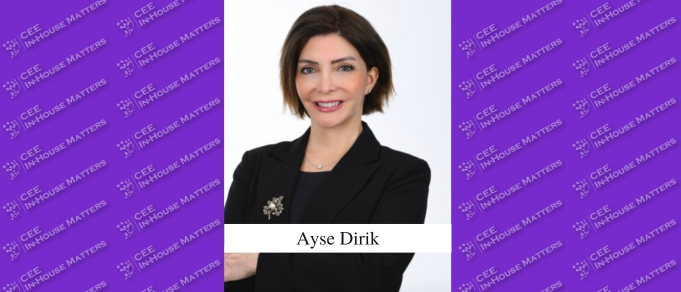Serbia’s capital markets are maturing, with bond issuances expected in 2025 and renewed interest in alternative investment funds following reduced thresholds, according to ZSP Advokati Partner Nikola Sugaris.
“The Serbian capital markets have seen some notable activity recently,” Sugaris highlights. “A key development is the ongoing capital markets project, driven by the Serbian government and the World Bank, which aims to diversify the country’s creditor base. After months of preparatory work, including selecting advisors and setting up terms of reference, the project is moving into a more advanced stage. We’re now looking at concrete steps toward bond issuances, which are expected to debut in the first half of 2025.” Due diligence processes for these issuances should already be underway, he adds, “signaling that stakeholders are firmly focused on execution.”
On a related note, Sugaris draws attention to alternative investment funds, “which have struggled to gain traction since their introduction under the 2019 legislative framework, are seeing renewed interest. Fewer than 10 funds and just 12 licensed management companies currently operate in Serbia. However, recent legislative changes have reduced investment thresholds for individuals investing in private funds, making these funds more accessible.” Sugaris notes that “for semi-professional investors, the threshold has dropped from EUR 50,000 to EUR 5,000, while for private equity investments, the minimum has fallen from EUR 250,000 to EUR 50,000. These changes aim to democratize investment opportunities and encourage broader participation.” Although no new funds have been launched yet, he says that “the market is starting to respond, with a growing awareness among investors and a shift away from traditional real estate-focused investments. The hope is that this renewed interest will eventually drive growth in the sector, despite the regulatory challenges that remain.”
In the banking and finance space, Sugaris says that “activity picked up in the latter part of the year after a quieter first half. Borrowers are rushing to finalize financing deals before year-end, spurred by the ECB’s recent reduction in interest rates and the prospect of further reductions. This uptick includes various types of financing, but project financing appears particularly prominent.”
From a legislative standpoint, “alongside the reduced thresholds for alternative investment funds, there have been amendments to the Energy Act,” Sugaris says. “These changes, enacted in November, introduce new concepts such as licensing aggregators to facilitate energy purchases for SMEs and promoting active participation in the energy market, particularly in renewables. The amendments seem to formalize trends that were already emerging, aligning the law with market realities.” Looking ahead, “the renewables sector remains a key focus, with hopes for increased M&A activity as the market matures,” he continues.
Finally, “within the legal services market, we’ve noticed a shift in dynamics,” Sugaris points out. “The trend of partners leaving mid-sized or large firms to start their own practices seems to be slowing. Instead, there’s a growing sense that the market may see more consolidation, potentially through mergers. On the talent front, competition is heating up, prompting firms to rethink traditional mentorship models and consider how advancements in AI might reshape the profession.” Overall, “the legal market feels mature, with firms now focusing on marginal improvements and navigating an increasingly competitive landscape,” he concludes.

















